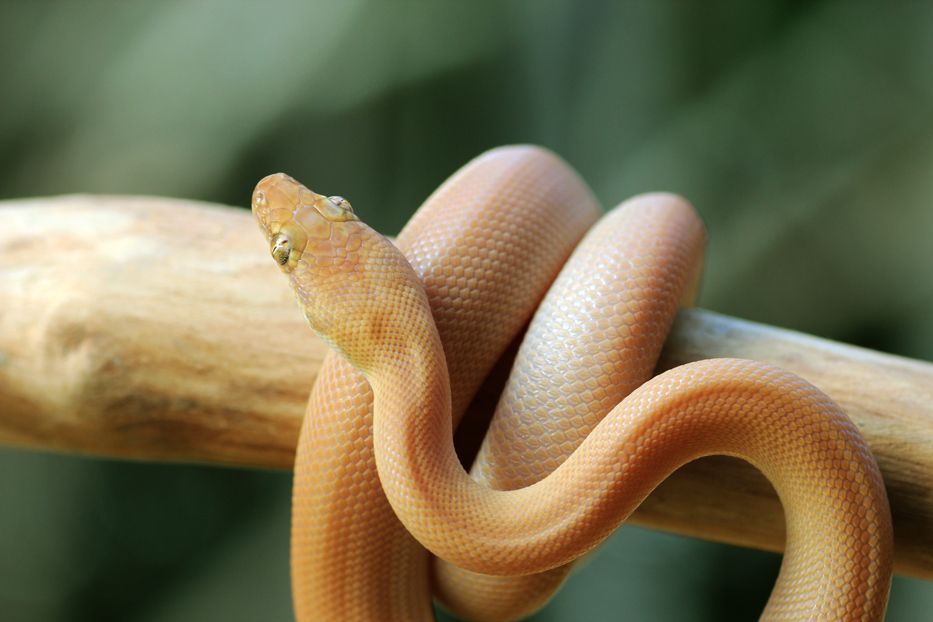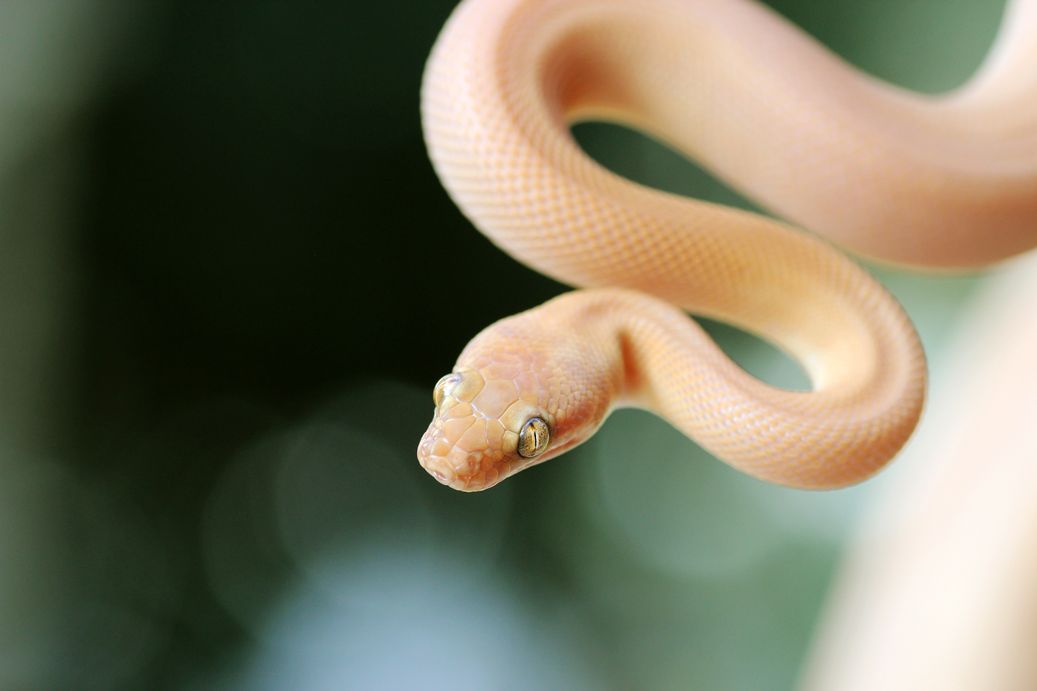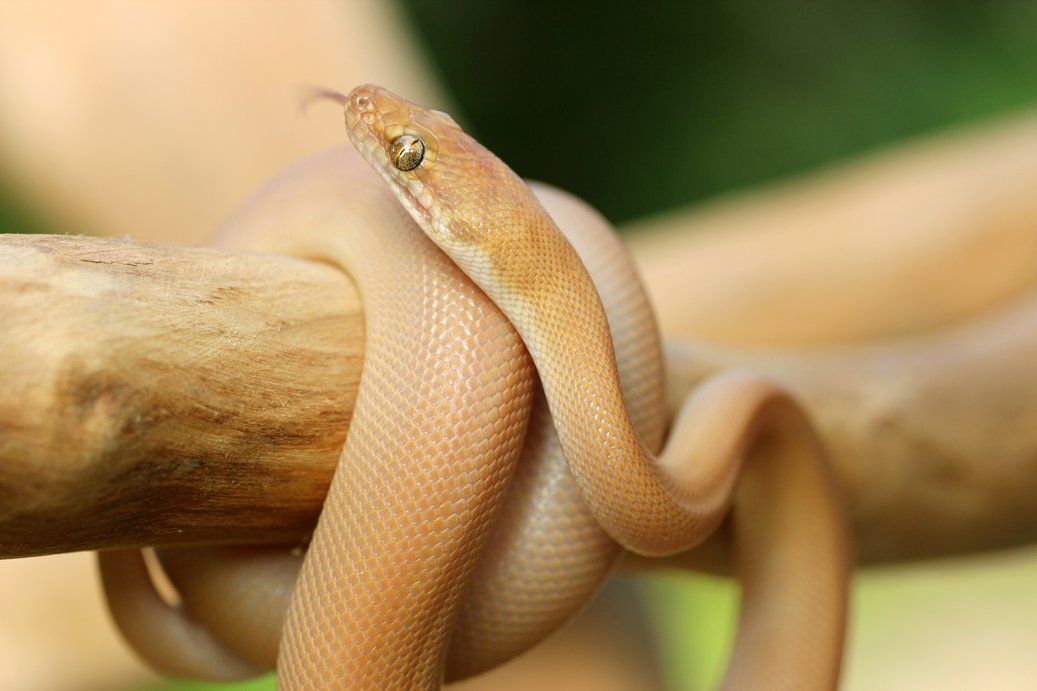Childrens pythons, contrary to popular belief, is actually named after John George Children, who first identified the species, rather than because they are good pets for children! Having said this, fortunately, they do make good pets. Provided they have the correct husbandry and care, they are relatively low maintenance, not overly expensive to keep and maintain, and are generally placid as adults.
Childrens pythons typically may grow to approximately 90cm in length
Childrens pythons may sometimes bite, and it will either be a defensive bite if they feel threatened, or a feeding bite where they think the item is food! To tell the difference – when a snake is defensive and bites, they will bite and immediately release the target, whilst a feeding bite they will bite, hold, and generally coil around the target.
I guess we can’t really ask them, but the majority of Children’s pythons seem to tolerate handling quite well. When they’re hatchlings they can often be defensive, as they are typically prey for other animals, and may get scared easily.
Personally, I don’t find that bites from Children’s pythons really hurt. Hatchlings are so tiny their teeth don’t even penetrate your skin, whilst with adults I find it kind of feels like you just have a prickle on your hand.
Children’s pythons are certainly a good beginner snake, as they stay relatively small, are low maintenance, and generally tolerate handling well, depending on the individual.
For hatchlings I recommend keeping them in 5-10L tubs with plenty of ventilation, and adults enclosures 90cm long. If you have a larger enclosure they will certainly utilise the space, though, being a terrestrial species they prefer length more than height.
Children’s pythons can live for 15-25 years, and greatly depends on the husbandry and level of care.









